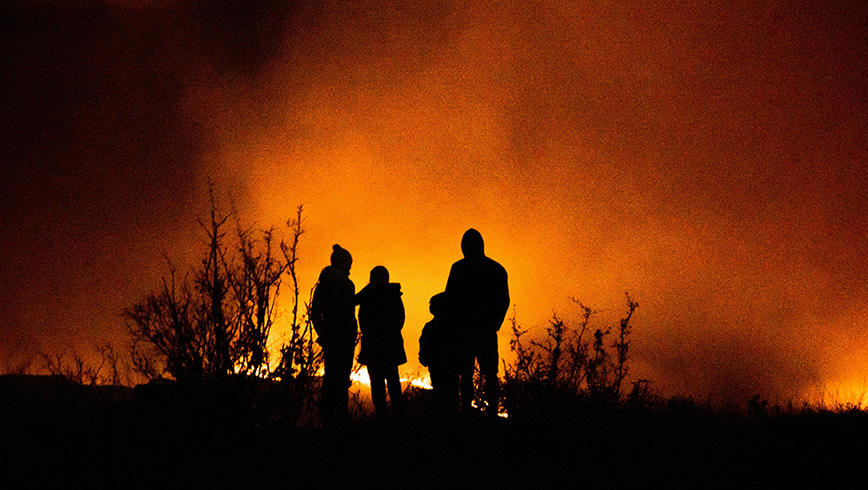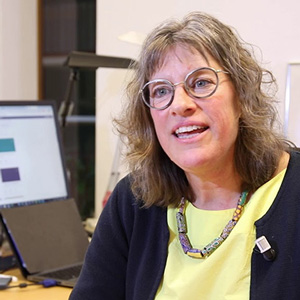Curbing threats from forest and grass fires

Forest and grass fires have become increasingly common. The research project FIRE is working to reduce the threats posed by these fires and is analyzing complex societal changes caused by climate, electrification of society, and regional conflicts – all factors that contribute to the increased risks of forest and grass fires.
”It is clear that we need increased knowledge not only about how these fires originate but also about how various societal actors, such as emergency preparedness organizations, robot manufacturers, and industries, can effectively collaborate around them,” says Fredrik Asplund, a researcher at KTH and one of the project leaders.

The lack of an overarching perspective often leads to misguided efforts, as only one societal change is considered at a time, argue the researchers in the project. In FIRE, a wealth of data will be analyzed, but "much data is good only if it becomes information that is used and acted upon," as project members express it.
”If data can provide more precise information about the fire risk so that operators in forestry know they are not abstaining from work unnecessarily when there is a work ban in a fire-prone area, while the fire service has better information, it is a win-win,” emphasizes researcher Pernilla Ulfvengren.
The project aims not only to deliver insights but also a new sensor platform to track the risk of ignition to monitor ignition risk in forests and fields.

”We have already made progress regarding the sensor platform and architecture thanks to two previous research projects - Auto2 and Autoplant – which dealt with, among other things, autonomous route planning in the forest based on data from a sensor platform with GPS, camera, and LIDAR. The idea is that the knowledge from the sensor platform will now be used to track the risk of ignition in vegetation,” says Björn Möller, also part of the project.
FIRE will also propose new collaboration methods so that emergency preparedness organizations, robot manufacturers, and industries can jointly act on warnings from these sensor platforms. The goal is for the research to benefit the general public and the operations of the rescue services, forestry, agriculture, civil emergency preparedness, defense, and related parts of academia.

”It is also important to translate the research into practice by finding relevant meeting places, conducting demonstrations for technology companies and authorities such as MSB, as well as developing educational and training materials for the forestry industry and agriculture,” Fredrik Asplund concludes.
